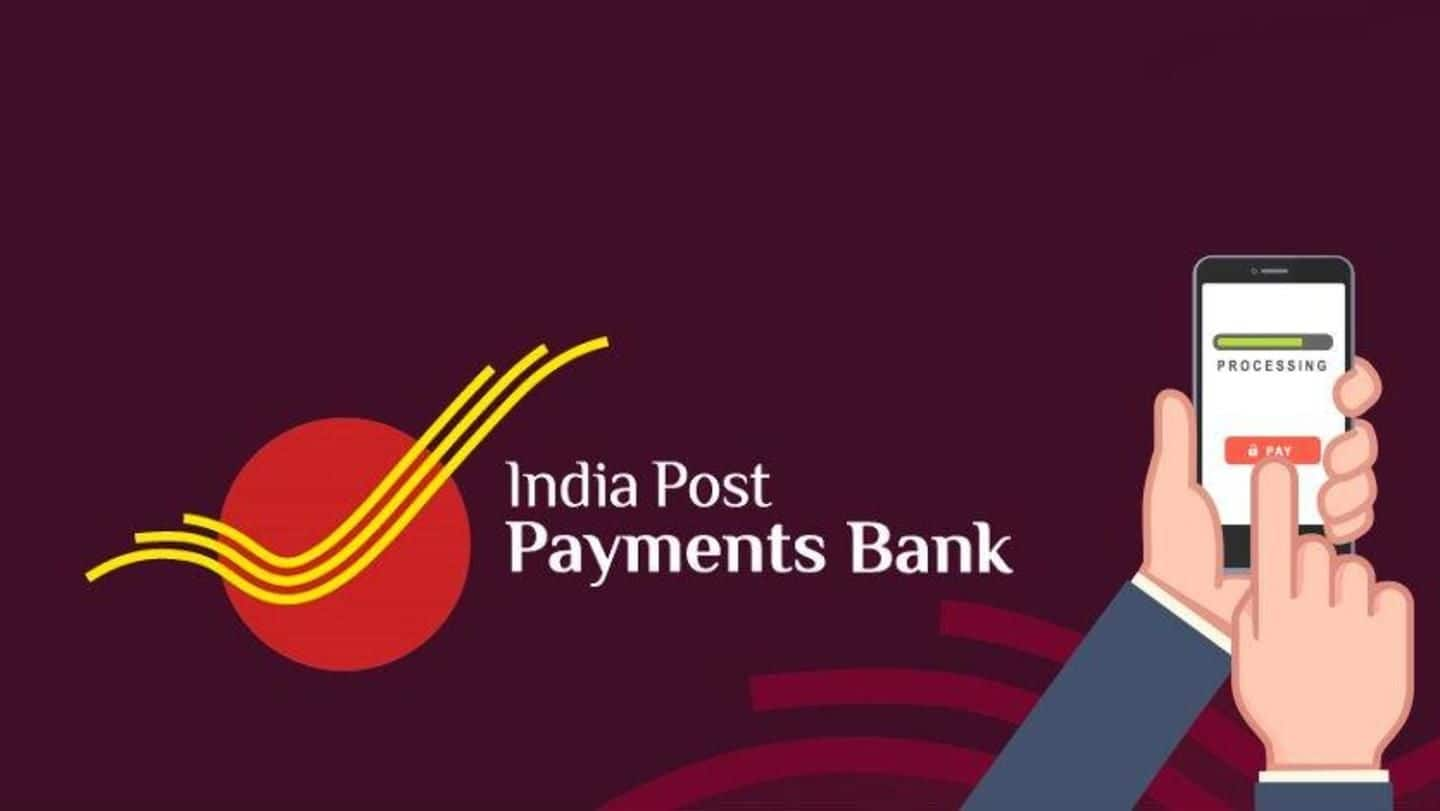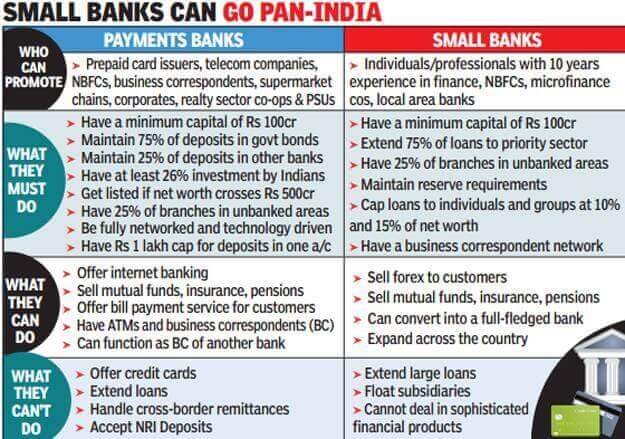Free Courses Sale ends Soon, Get It Now


Free Courses Sale ends Soon, Get It Now



Disclaimer: Copyright infringement not intended.
Context
Objectives
The objective of the support is
What are Payment Banks?
Features of Payment Banks
Activities that can be performed by Payment Banks
Activities that cannot be undertaken by Payment Banks
Advantages of Payment Banks
Challenges faced
IPPB
Services offered by the Bank
According to the data released in January 2022, the India Post Payment Bank had crossed the landmark of 5 crore customers.

https://pib.gov.in/PressReleaseIframePage.aspx?PRID=1820526
© 2024 iasgyan. All right reserved